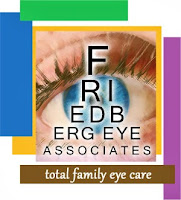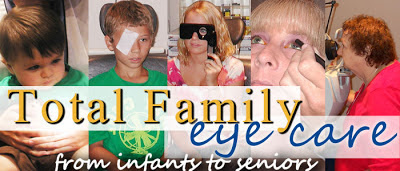Seeing Well As You Grow Older

M any eye diseases and disorders become more common as we age. Advances in Ophthalmology allow most people to maintain good vision as they grow older. Many eye problems can be prevented or corrected if detected in their early stages. The following are problems commonly experienced by older people: Presbyopia - When you are young, the lens in your eye is flexible and changes shape easily, allowing you to focus on objects both close and far away. As you grow older, your lens becomes less flexible. By about age 40, the lens cannot change shape as easily as it once did and reading becomes difficult. This normal condition is presbyopia. You will need glasses or bifocals to help your eyes focus. The lens continues to harden, so you will need to change prescriptions as you grow older. Floaters - You may sometimes see small specks or webs moving in your field of vision. They are called floaters. Floaters are actually tiny clumps of gel or cells within the vitreous gel-like flui
